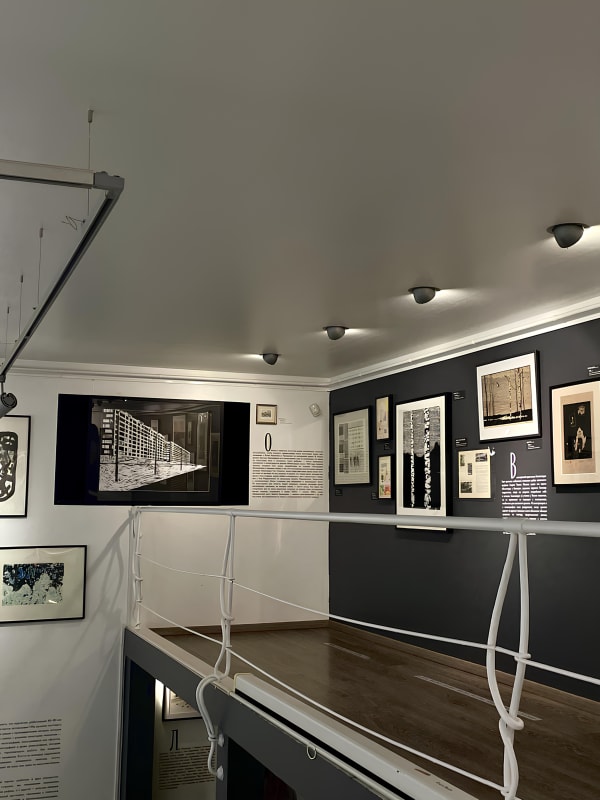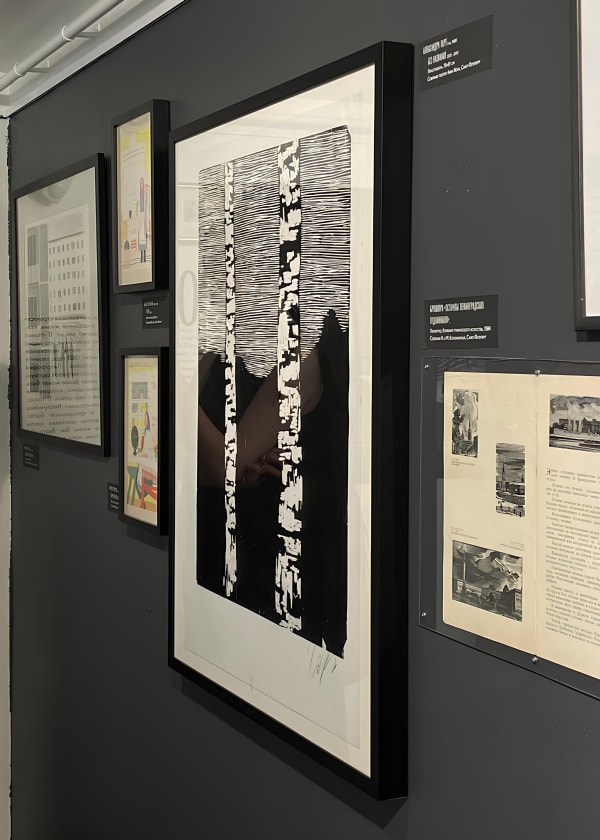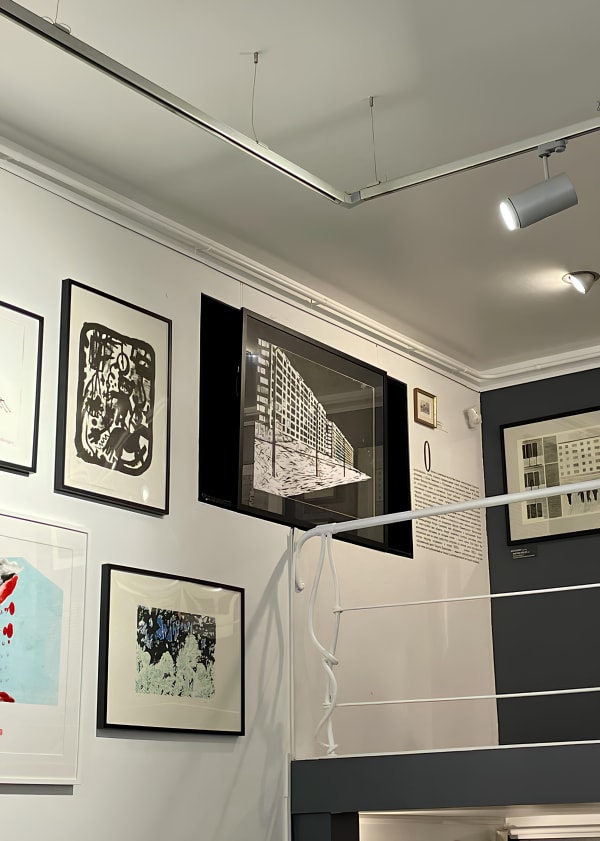Occasional Circulation exhibition is all about the visual and semantic meanings in the Soviet printed graphics from the 1960s through 80s echoed in the recently created works by young contemporary artists. The 60s were the palmy days for printed graphic art in the USSR. And that was thanks to two things. First of all, dynamic urban development promoted mass production of so-called available art, which were lithographs and lino prints people used to decorate their new apartments.
At the same time, artists who weren’t too eager to do Social Realism and preferred formal artistic research found refuge in lithography, engravings, and eau-fortes. Prints from that period emanate the spirit of time but also represent the trends in art, including the informal art, too. These works are distinctive as their creators don’t make some big projects in search for glory, promotion, or in pursuance of ambitious goals. Even in the USSR when the circulations were large, works of this kind were mostly intended for private use. Because of their characteristic aesthetics, these prints were able to neutralize the military propaganda and sounded lyrical, at least to a certain extent. Occasionality is very typical for both making of such a print (as all of them are different) and its existence. Such prints are often bought as presents, impulse purchased, or found in old houses.
Every piece selected for the exhibition tells a story, an occasional, or a non-occasional episode from life of an artist, a studio, or a gallery which worked with printed graphic art. The graphic office in WoD Bar and the Leningrad experimental lithographic studio, rare lithographs printed with a circulation of only 5 pieces - but also popular works with several thousand copies printed. Academic and experimental works. Still lives for interior design, and unique statements about the current events. The curators don’t intend to offer the viewers a full-term insight to the history of this phenomenon. They just want to let them feel the touch of paper.
Works by Alexandra Gart are displayed in the contemporary art section. In her studio, the artist has a small collection of graphic art by Soviet artist Andrey Ushin. Quite a few people know his LENINGRAD IN SIEGE series. The artist was a teenager during the Siege, and this was when he started to explore printmaking.
Although Alexandra didn’t learn from Ushin personally, she got attracted to his lino engraving method, which was not typical for the Soviet times. ‘I hate it when authors of lino and wood block prints take the audience for a fool and explain too much, ink the details, add contours, and do everything to make their works far too much beautiful and clear. Almost every Ushin’s work is laconic, as he doesn’t add any unnecessary strokes. I find such method very up-to-date, as it makes his works based on hints, evasive and keeping things back.’
Curators: Alexandra Generalova, Xenia Bendina
Consultant: Nikolay Kononikhin



